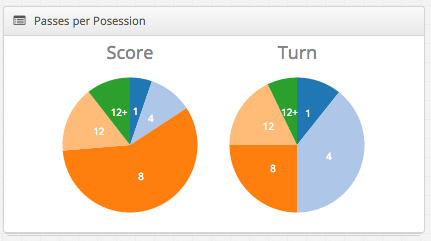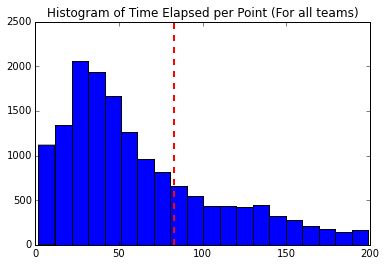The American Ultimate Disc League (AUDL) is a professional ultimate frisbee league in North America. The data we worked with came from the 2015 AUDL Championships - http://theaudl.com/stats/allstandings. We also worked with Twitter data to see player, team, or league mentions.
140,000 Play-by-play Statistics




















